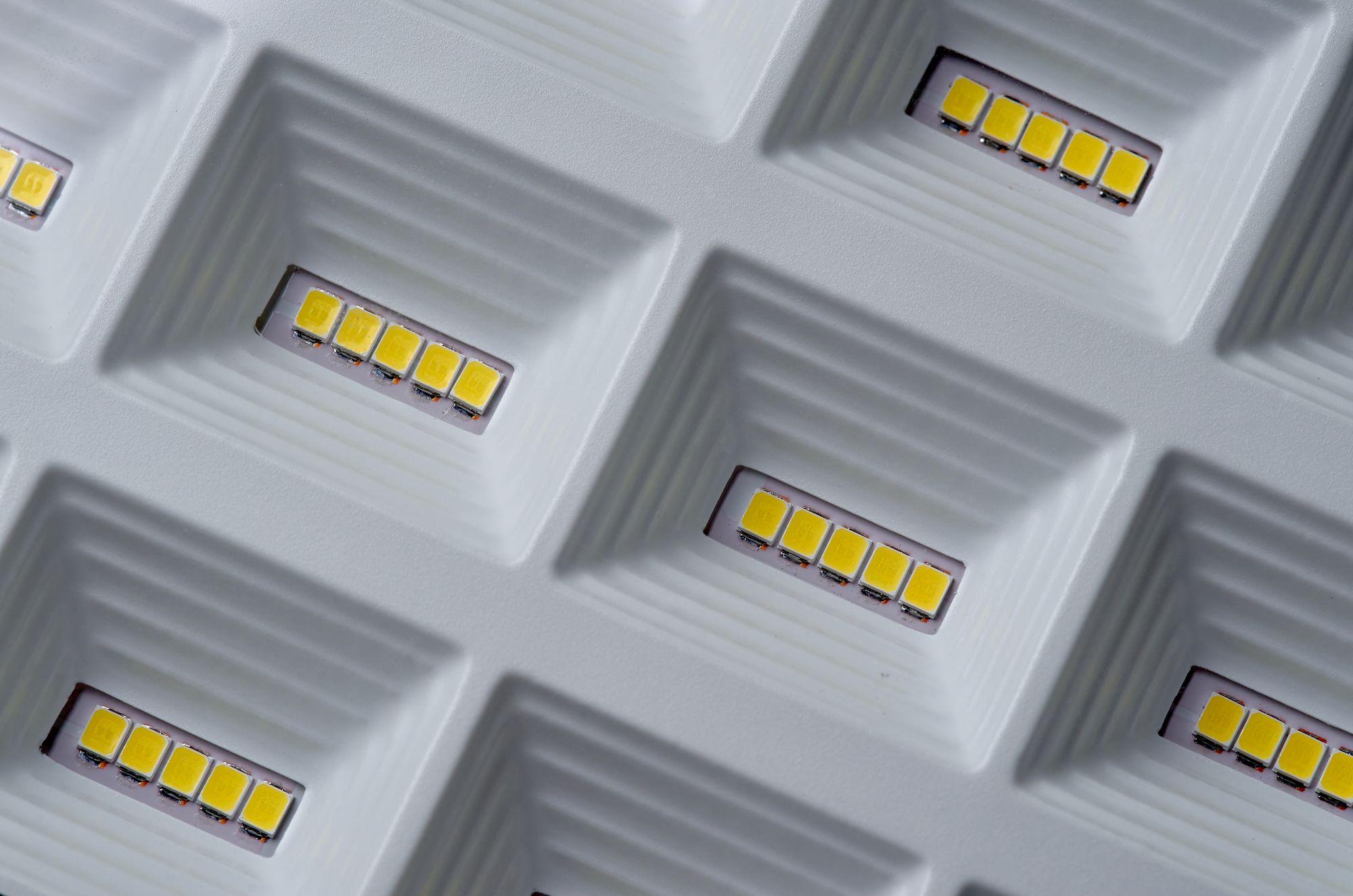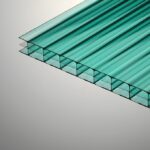Lighting plays a crucial role in creating the right ambiance and enhancing the overall aesthetics of our living spaces. In recent years, LED lighting has gained immense popularity for its numerous advantages. From energy efficiency to longevity, LED lights offer a range of benefits that make them a smart choice for modern homes. In this blog post, we will delve into the world of LED lighting and explore the key advantages it brings to our living spaces. Whether you’re looking to upgrade your lighting fixtures or simply curious about the benefits of LED technology, read on to discover why LED lighting is revolutionizing the way we illuminate our homes.
What Are the Benefits of LED Lighting for Your Home?
1. Long Lifespan
LED lights have a longer lifespan compared to other types of lighting. With a lifespan of 25,000 hours or more, they last significantly longer than CFL bulbs, which typically last around 10,000 hours. This means that you don’t have to change LED lighting as frequently, resulting in lower lighting maintenance costs and energy savings. In contrast, halogen lighting only has a lifespan of 1,000 hours, requiring frequent replacements.
2. Wide Range of Color Temperature
LED lights come in a wide range of color temperatures, allowing you to choose the perfect lighting for different areas in your home. For instance, if you’re looking for a calming and soothing atmosphere in your bedroom, it is recommended to opt for soft white LED light. This type of lighting promotes a consistent sleep schedule, ensuring that you get the recommended 7-9 hours of quality sleep each night.
On the other hand, warm white LED light is more suitable for areas such as the kitchen and bathroom. The warm white light provides ample illumination, making it easier to perform tasks like cooking, cleaning, and getting ready in the morning. It helps to prevent accidents by ensuring that you can see while using sharp objects, touching hot pans, reading recipes, or applying makeup.
By choosing the right color temperature for each room, you can create a comfortable and functional living environment that meets your specific needs and enhances the overall ambiance of your home.

3. Easy Maintenance
Due to the longer lifespan of LED lights, there is a significant reduction in the need to replace failed lamps. This advantage not only saves time and money but also minimizes the hassle of constantly having to change lighting. With LED lights, you can enjoy long-lasting illumination without the inconvenience of frequent replacements. This is particularly beneficial for lighting setups that require the assistance of an electrician, as it reduces the frequency of service calls and maintenance costs. Compared to other light sources that are more prone to damage and require more frequent replacements, LED lights offer a reliable and cost-effective solution that ensures consistent lighting performance over an extended period of time.
4. Great Energy Efficiency
LED round pendant fixtures are highly efficient compared to traditional light sources. Incandescent lamps typically produce 10-17 lumens per watt, fluorescent lamps produce around 60 lumens per watt, and metal halide lamps produce 75-100 lumens per watt. In contrast, LED lights can produce up to 150 lumens per watt and have even been tested to reach 200 lumens per watt. This makes LED lights significantly more efficient, with the added advantage of having better cooling capabilities. With such high efficiency, LED lights offer great potential for various applications.
5. Minimum Heating
Incandescent lighting converts 90% of energy, and CFLs convert 80% of energy into heat, requiring time to cool during replacement to prevent burns. Although CFLs and incandescent lights may be inexpensive to purchase, they can be costly to maintain in the long run and pose health risks. On the other hand, LED lights are highly efficient, converting 90% of energy into light. They can be touched and held even after being on for 24 hours without the risk of getting burned. This indicates that LED lights are safer to use in homes and offer a significant advantage. Making the switch to LED lights can provide a head start in homes and take lighting to the next level in business premises.

6. Dimmable Potential
Implementing a pulse-width modulator and adjusting the forward current supplied to LED lighting makes it feasible to decrease the intensity of the lighting effectively.
7. Eco-Friendly Lighting
Unlike traditional light sources, such as incandescent bulbs or fluorescent lamps, LEDs have several advantages. One of the key benefits is that LEDs do not contain any potentially harmful substances like mercury, making them safer for both human health and the environment. Moreover, LED technology promotes sustainability as LEDs are recyclable, reducing the amount of electronic waste generated. By utilizing LED lighting, we can minimize our ecological footprint and contribute to a greener future.
8. Durability
LED lights are highly resistant to breakage and can withstand numerous vibrations and impacts. Unlike traditional lighting, which is often housed in glass or quartz, LEDs are mounted on a circuit board and connected with soldered leads. While they can be vulnerable to direct impact, their durability is comparable to that of mobile phones and other small electronic devices.
Conclusion
In conclusion, LED lighting offers numerous advantages that make it an excellent choice for illuminating our living spaces. With their long lifespan, energy efficiency, and wide range of color temperatures, LED lights provide both cost savings and the ability to create the perfect ambiance in each room. Additionally, their easy maintenance, minimum heating, and dimmable potential make them a convenient and flexible lighting option. Furthermore, LED lights are eco-friendly, durable, and highly resistant to breakage. We can enjoy enhanced lighting experiences by embracing LED technology while contributing to a greener and more sustainable future.




